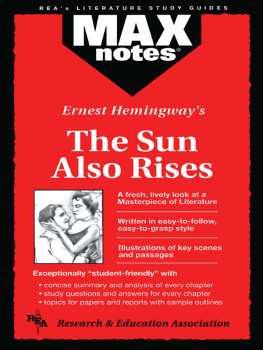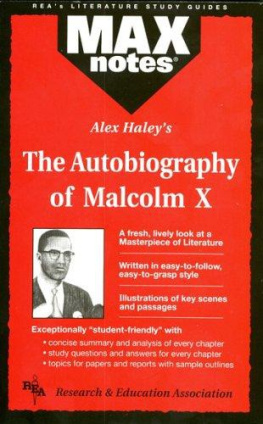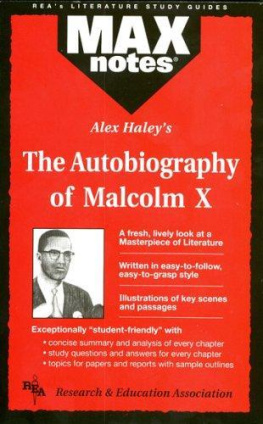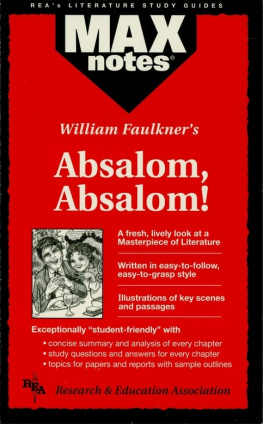Anita Price Davis - Sula: MAXNotes Literature Guide
Here you can read online Anita Price Davis - Sula: MAXNotes Literature Guide full text of the book (entire story) in english for free. Download pdf and epub, get meaning, cover and reviews about this ebook. year: 2012, publisher: Research & Education Association, genre: Art. Description of the work, (preface) as well as reviews are available. Best literature library LitArk.com created for fans of good reading and offers a wide selection of genres:
Romance novel
Science fiction
Adventure
Detective
Science
History
Home and family
Prose
Art
Politics
Computer
Non-fiction
Religion
Business
Children
Humor
Choose a favorite category and find really read worthwhile books. Enjoy immersion in the world of imagination, feel the emotions of the characters or learn something new for yourself, make an fascinating discovery.
- Book:Sula: MAXNotes Literature Guide
- Author:
- Publisher:Research & Education Association
- Genre:
- Year:2012
- Rating:4 / 5
- Favourites:Add to favourites
- Your mark:
- 80
- 1
- 2
- 3
- 4
- 5
Sula: MAXNotes Literature Guide: summary, description and annotation
We offer to read an annotation, description, summary or preface (depends on what the author of the book "Sula: MAXNotes Literature Guide" wrote himself). If you haven't found the necessary information about the book — write in the comments, we will try to find it.
Sula: MAXNotes Literature Guide — read online for free the complete book (whole text) full work
Below is the text of the book, divided by pages. System saving the place of the last page read, allows you to conveniently read the book "Sula: MAXNotes Literature Guide" online for free, without having to search again every time where you left off. Put a bookmark, and you can go to the page where you finished reading at any time.
Font size:
Interval:
Bookmark:
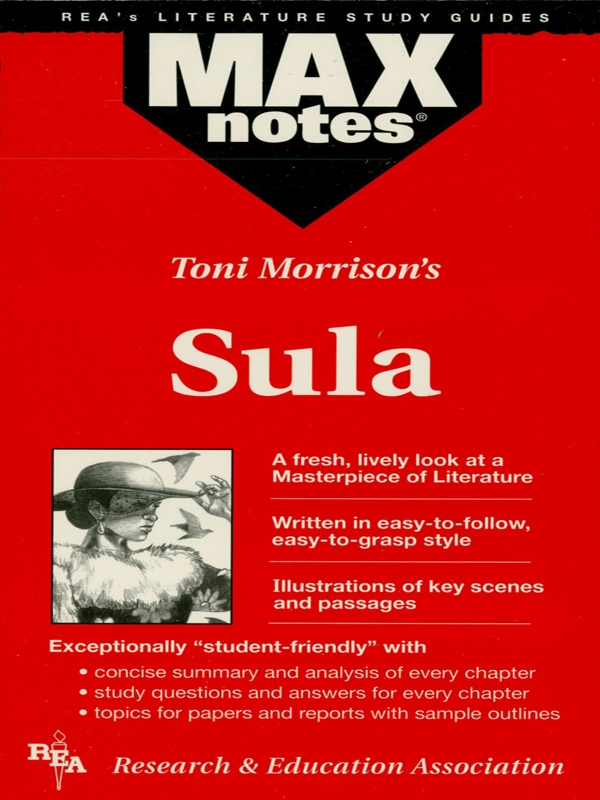
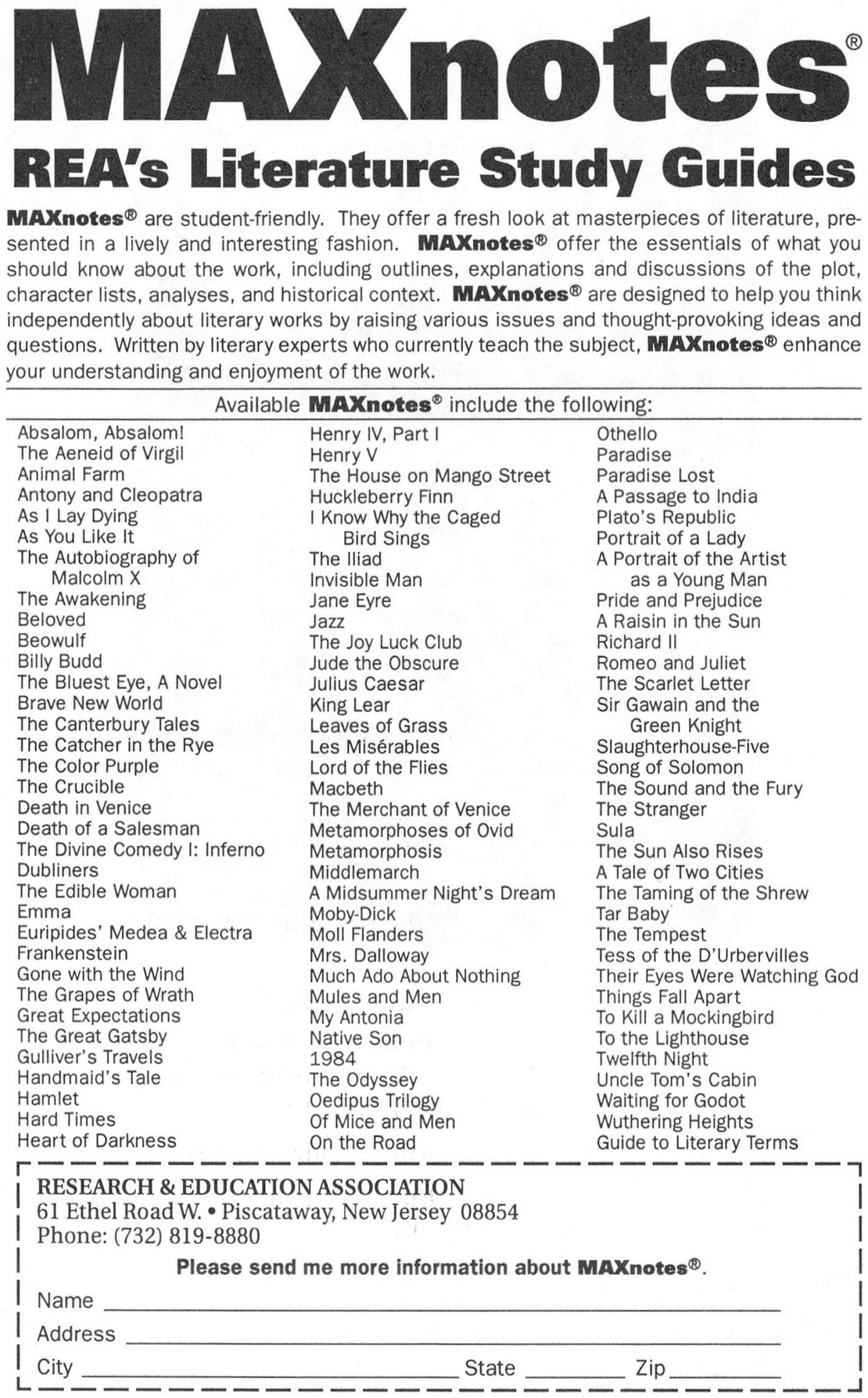
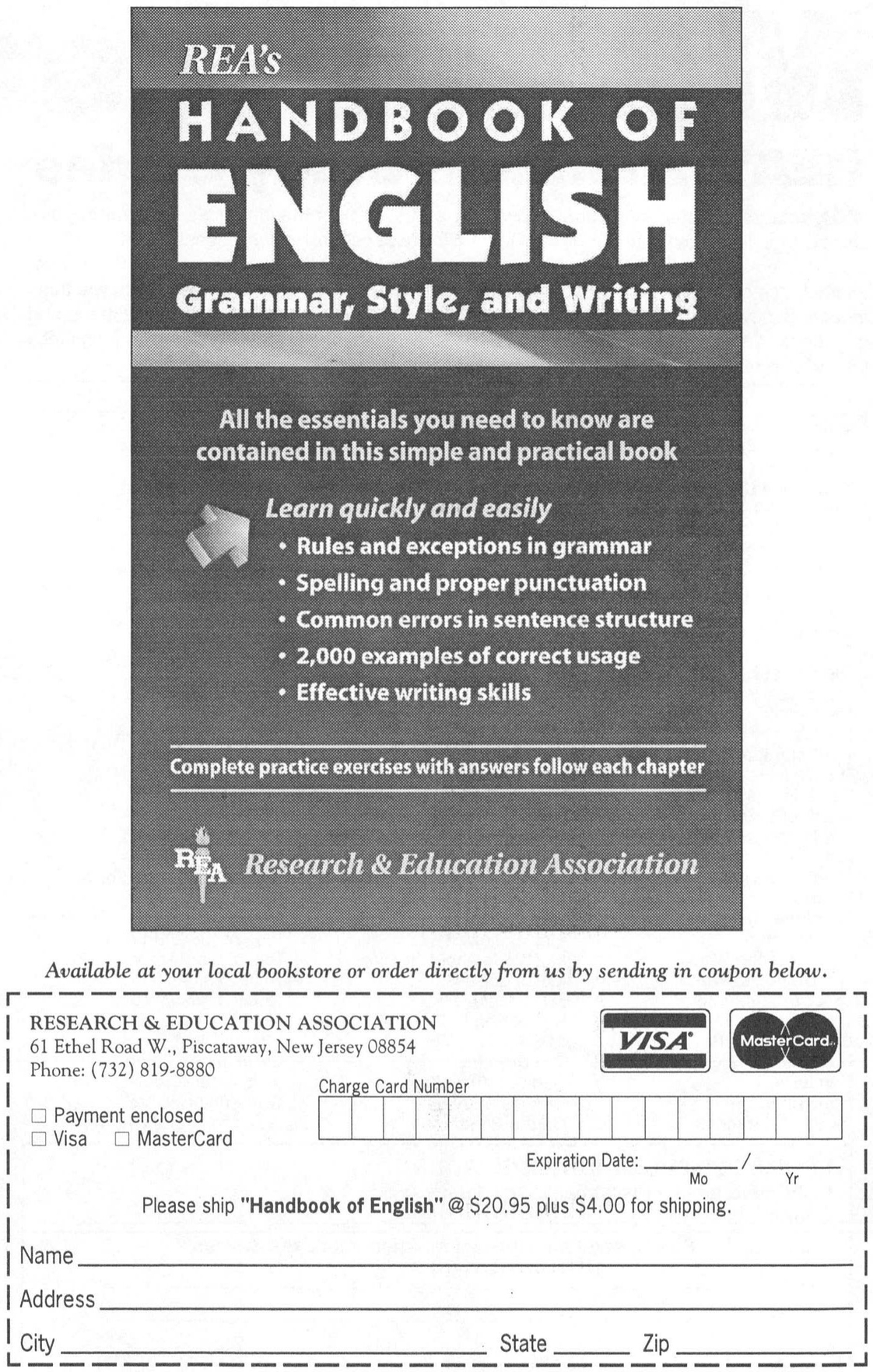
New Characters:
Sula Peace: a little girl who grows into a woman in the Bottom
Inhabitants of the Bottom: black people who live in the hills and are dissatisfied with their lots
Inhabitants of the valley: white people who live in the valley
Slave owner: man who gives his slave a chore with the promise of both freedom and a parcel of land upon successful completion; talks the slave into taking hill land instead; says that the hill land is the bottom of Heaven
Slave: performs the chores given to him and accepts the Bottom parcel of land
The Medallion City Golf Course and the suburbs were replacing beech trees, the blossoming pear trees with children in their branches, the Time and a Half Pool Hall, Irenes Palace of Cosmetology, Rebas Grill, and the old neighborhood.
The white people lived in the rich valley because of a slave owners trickery. The slave owner promised his slave a parcel of land and freedom if he performed some difficult tasks. After accomplishing the tasks, the slave was given his freedom, but the owner was reluctant to give him a parcel of land. Instead, the owner tried to outwit the worker by telling him that the hills were the bottom of Heaven. The ex-slave innocently asked for the Bottom, and the owner gave him the land. Since that time the ex-slave and, later, his descendants, had to work hard on hilly land. Plowing was difficult. Soil and seeds washed away. The wind blew.
Later, the white people in the valley decided that they liked the hills, the view, and the sounds of laughter, banjos, and song they heard coming from the Bottom. A visitor to the hills might see a woman dancing to the music from a mouth organ and the watchers laughing. Such a stranger might question if the slave owner had been right in his verbal appraisal of the hills. A hunter might wonder if the Bottom were not better than the valley. Even though the residents of the Bottom had little time to consider it, they would quickly respond that the valley was better.
The theme of discontent with ones lot in life is obvious throughout the chapter. The hilly land becomes the reward for the ex-slave; the worker trustingly accepts the word of the farmer that the hills are superior to the valley. The hill residents soon become disillusioned with the acreage that they have accepted and envy the land of the valley residents. On the other hand, the inhabitants of the low lands often view with envy the neighborhood that they can see and hear above them.
Pronounced change is assaulting Medallion. The Bottom in particular, the narrator tells us, is changing quite rapidly. The Medallion City Golf Course and the suburbs are replacing the woods and the buildings in the old neighborhood. The residents of the Bottom, however, remain innocent and totally unaware of the value of what they possess. Even the threat of losing what they own does not bring an awareness to the hill residents. The result of the change is lost on the innocent hill residents.
It is evident that the setting is integral to the plot; it also serves to illuminate the characters and clarify the conflict. The setting suggests the idea of Heaven and Hell. The Bottom does indeed resemble Heaven, the residents look down on the white people below, and the innocence of the people suggests their goodness. The inhabitants of the Bottom, however, often ignore the beauty and their good fortune to be there.
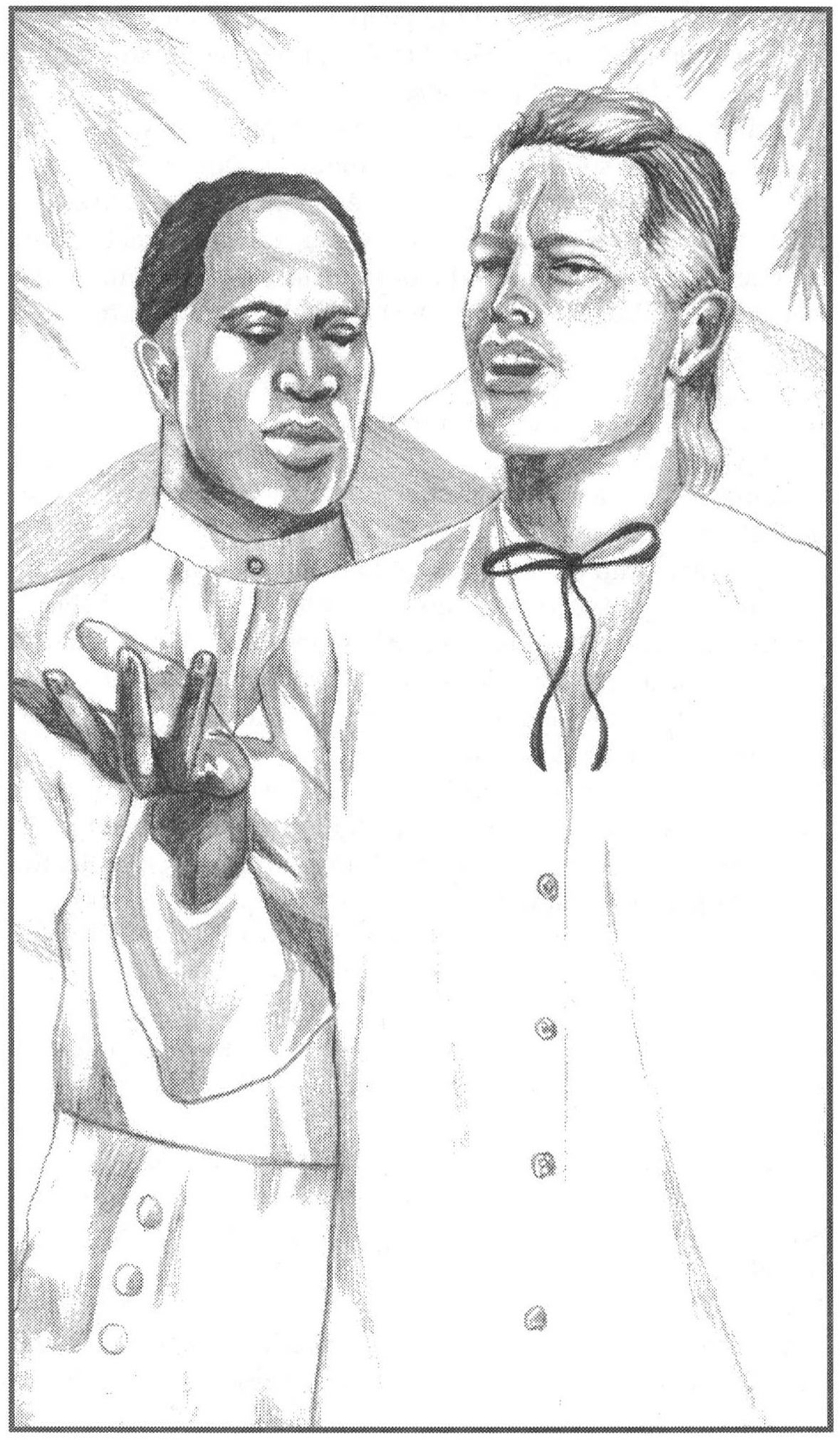
Innocence is a major theme in this chapter. The slave trustingly accepts the story of his owner about the Bottom. The slave owner takes advantage of the naivet of the slave and uses the slaves trusting nature to his own advantage. He has deliberately used deceit. The residents of the Bottom are also innocent in that they do not realize the value of their land and their culture.
It is at this point that Sula departs from the stories one usually reads. There are no rewards for the goodness and innocence of the slave; there is no punishment evident for the evil acts of the slave owner. The separation of the whites and the blacks continues over several generations, and both parties maintain their discontent.
The slaves and their descendants seem unaware of the value of their possessions; they desire the valley. The valley dwellers continue to be greedy and cling to what they havewhile wanting what the Bottom dwellers have also. Every indication is that the valley residents will take over the hill land and displace the residents there without any punishment for their greed and deceit.
It is significant that both good and evil are in the story. The blacks on the hilly land accept the fact that both right and wrong exist, but they do not try to change things. Even when the townspeople of Medallion, Ohio, spread their golf course and suburbs into the Bottom and raze, or tear down, the buildings there, the inhabitants of the Bottom do not protest. These hill inhabitants see evil merely as something that they must withstand or bear and not as something they must eliminate or change. Retaliation for wrongs inflicted on them or on their ancestors is something that the hill residents do not consider. They do not demand rewards for their tenacity or punishment for the wicked.
The characters in the chapter are flat characters. Morrison does not try to make them complete to the reader by revealing their thoughts, their actions, their speech, or their personal history. Rather Morrison presents them as a stereotypical slave owner with only his own interests at heart and a slave, who is innocent and often misled by one who pretends to have his best interests at heart. The stereotypical view of the easily-duped slave seems to persist into the twentieth century with the innocent Bottom residents.
Morrison makes use of many stylistic devices in depicting the Bottom. Alliteration is evident in ...a bit of cakewalk, a bit of black bottom, a bit of messing around.... She effectively uses contrasts: white vs. black, hills vs. valley, slave owner vs. slave, trickster vs. tricked, innocent vs. guilty. Personification pictures fingers which dance on the wood and kiss skin. Very descriptive language allows the reader to see both the streets of Medallion which were hot and dusty with progress and the heavy trees sheltering the shacks in the Bottom.
Morrison does not use a simple chronological order for the plot of this chapteror for the entire book. Rather she weaves the plot through the use of foreshadowing, flashbacks, and chronological development. The plot spirals, doubles back, and skips forward. Such plot development allows the narrator much leeway in telling the story and makes it necessary for the readers to attend carefully to the detail to ensure that they receive all the information correctly.
With such an eclectic order in the plot, the writer can leave the reader hanging and answer the questions at a later point in the narrative; the writer does not have to systematically answer the posed questions in chronological order. Waiting for the answers creates suspense for the reader.
Font size:
Interval:
Bookmark:
Similar books «Sula: MAXNotes Literature Guide»
Look at similar books to Sula: MAXNotes Literature Guide. We have selected literature similar in name and meaning in the hope of providing readers with more options to find new, interesting, not yet read works.
Discussion, reviews of the book Sula: MAXNotes Literature Guide and just readers' own opinions. Leave your comments, write what you think about the work, its meaning or the main characters. Specify what exactly you liked and what you didn't like, and why you think so.







